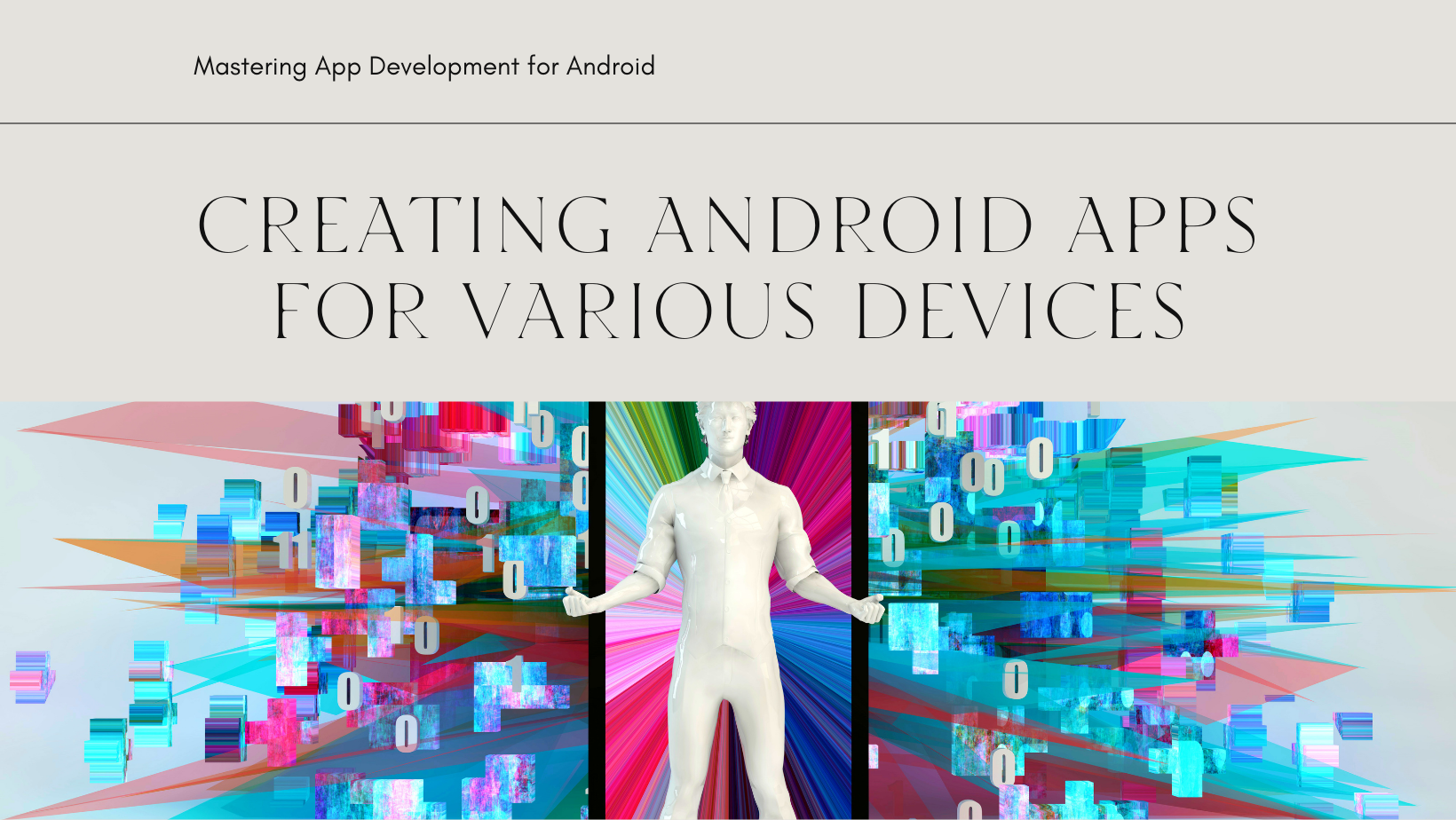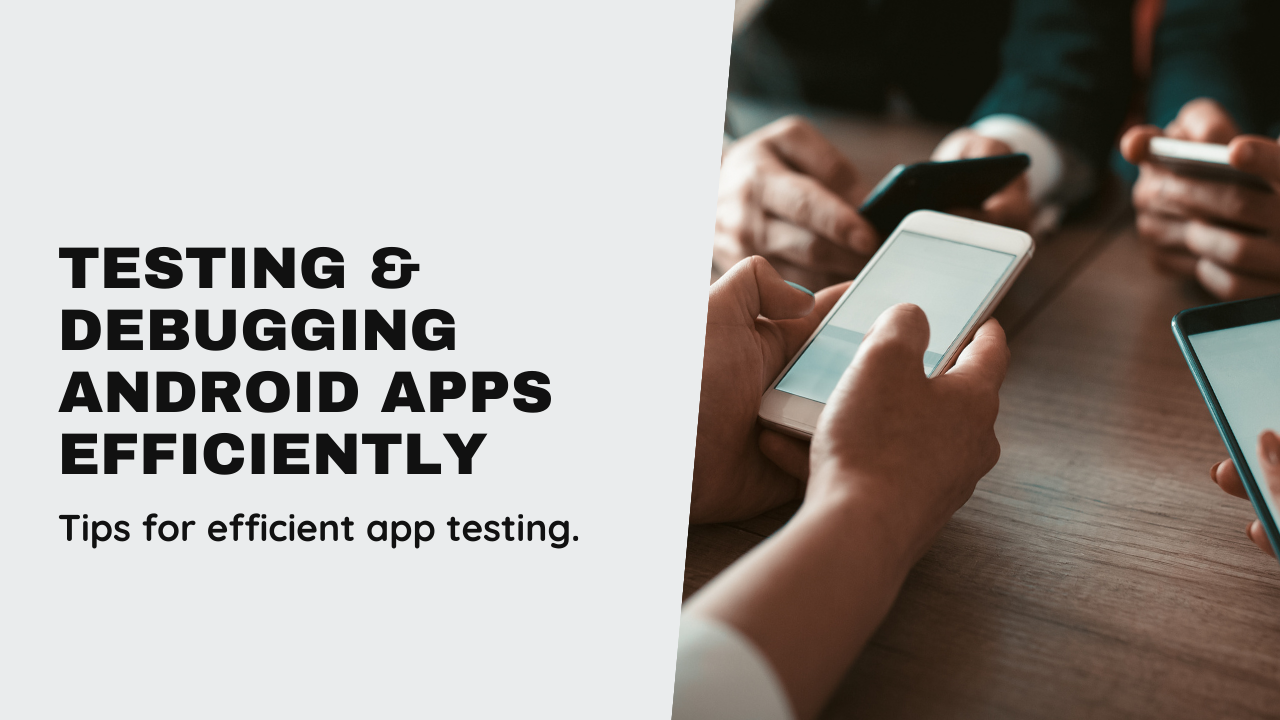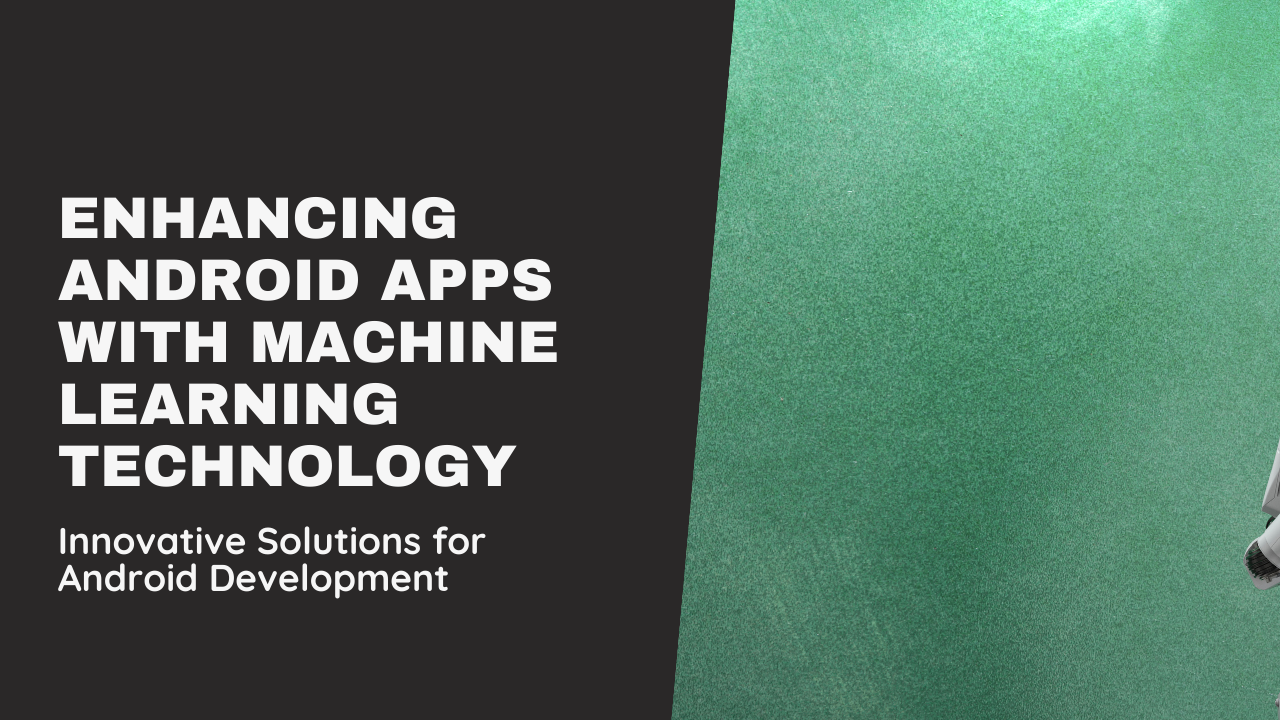reaching a broad audience and delivering a seamless user experience. This blog explores effective strategies and best practices for developers to consider when developing Android apps that work well on various devices, from smartphones to tablets and beyond.
Understanding Device Fragmentation in Android Development
An overview of the challenges and opportunities presented by device fragmentation:
- Device Diversity: Android ecosystem spans multiple manufacturers, screen sizes, resolutions, and hardware specifications.
- Fragmentation Impact: Variation in device capabilities affects app performance, UI/UX design considerations, and compatibility testing requirements.
1. Responsive UI/UX Design
Creating adaptable user interfaces that scale and adjust to different screen sizes and resolutions:
- Layout Considerations: Utilize responsive layout techniques (e.g., ConstraintLayout, GridLayout) to ensure UI elements adapt seamlessly.
- Multi-screen Support: Design UI components and navigation patterns that accommodate various device form factors (e.g., smartphones, tablets).
2. Screen Density and Resolution Support
Optimizing app assets and resources for different screen densities and resolutions:
- Vector Graphics: Use vector drawable formats for scalable icons and images that maintain visual quality across devices.
- Multiple Resource Directories: Implement resource qualifiers (e.g., drawable, layout) to provide different assets for various screen densities (ldpi, mdpi, hdpi, xhdpi, xxhdpi, xxxhdpi).
3. Device Compatibility Testing
Thorough testing across a spectrum of devices to ensure app functionality and performance:
- Emulator Testing: Utilize Android Virtual Device (AVD) emulator to simulate various device configurations and screen sizes.
- Real Device Testing: Test on physical devices representing different manufacturers, screen sizes, and Android OS versions to validate app behavior.
4. Hardware Feature Integration
Integrating device-specific hardware features and capabilities into app functionalities:
- Camera and Sensors: Utilize device camera, accelerometer, gyroscope, and other sensors for augmented reality, fitness tracking, and immersive experiences.
- Multi-window Support: Implement multi-window mode to enable multitasking and enhance productivity on larger screen devices.
5. Android OS Version Compatibility
Ensuring backward and forward compatibility with different Android OS versions:
- API Level Targeting: Set minimum and target SDK versions to support a wide range of Android OS releases while leveraging new features and optimizations.
- Compatibility Libraries: Use AndroidX libraries to maintain compatibility with older OS versions and access newer features through support libraries.
Conclusion
Developing Android apps for diverse devices requires careful consideration of device fragmentation, responsive design principles, compatibility testing, and hardware integration. By following these best practices, developers can create versatile Android applications that provide a consistent and optimal user experience across a wide spectrum of devices.







